Basements
Basements

Basements can serve various purposes, and their design can vary based on the intended use and the homeowner's preferences.
Types of Basements
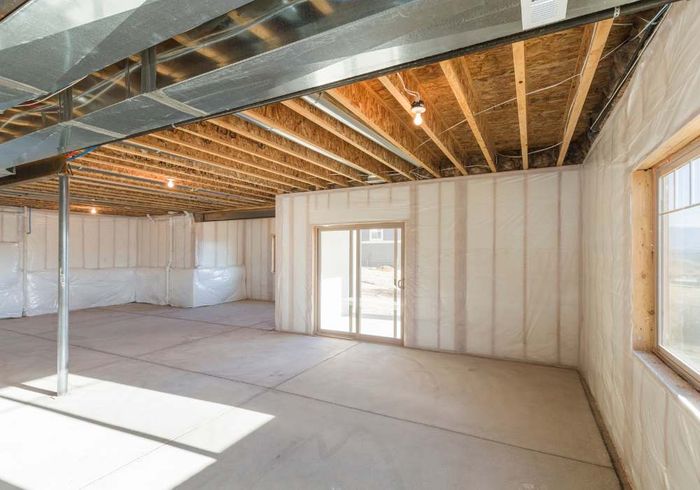
Unfinished Basement
- Typically used for storage and utilities.
- Concrete floors and walls, with exposed pipes and wiring.
- May be converted into a finished space later.
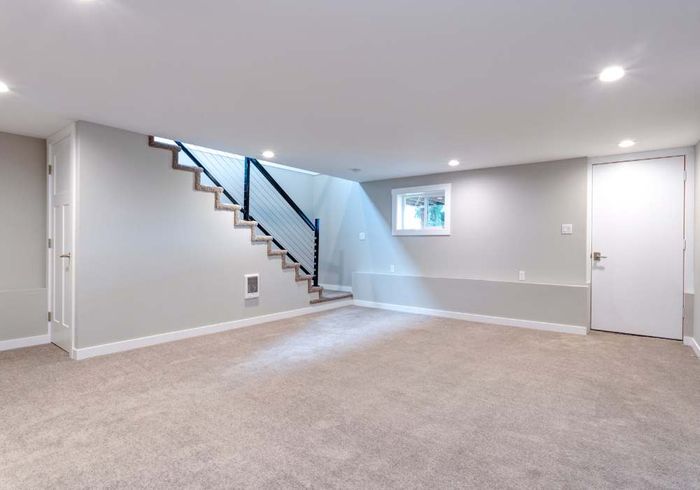
Finished Basement
- Renovated for comfortable living space.
- Includes flooring, drywall, and finished ceilings.
- Can be used as an extra bedroom, recreational area, or home office.
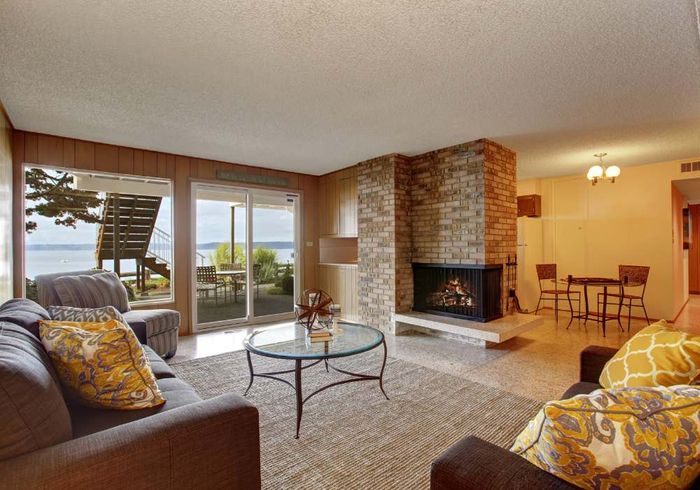
Walkout Basement
Has an exterior door or access to the outdoors.
Often built into a sloping terrain, allowing for direct access to a backyard or patio.
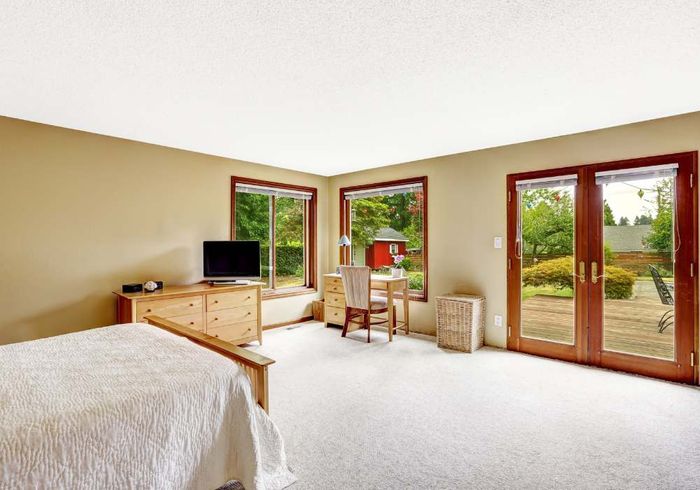
Daylight Basement
Similar to a walkout basement but designed to allow natural light in through windows.
Typically situated on a slope with windows positioned at ground level.
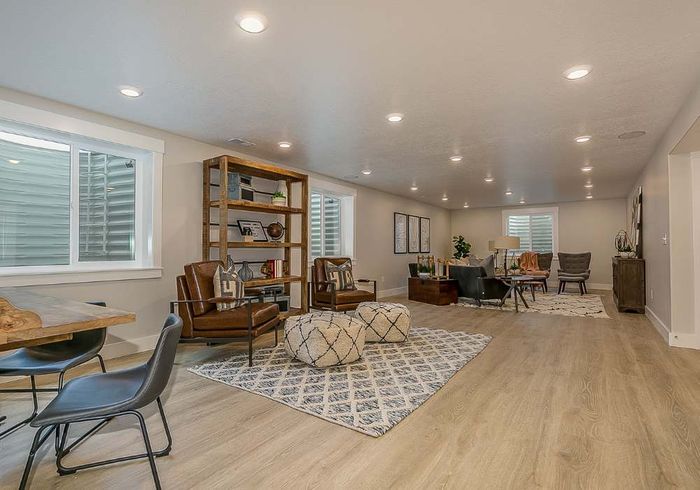
Basement Apartment
Converted into a separate living unit with its own kitchen, bathroom, and living space.
May have a private entrance.
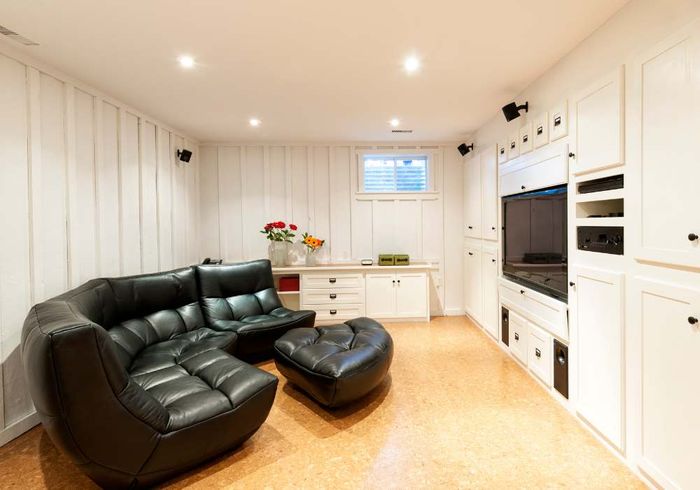
Entertainment Basement
Designed for recreational activities.
Includes features like a home theater, game room, or a bar.
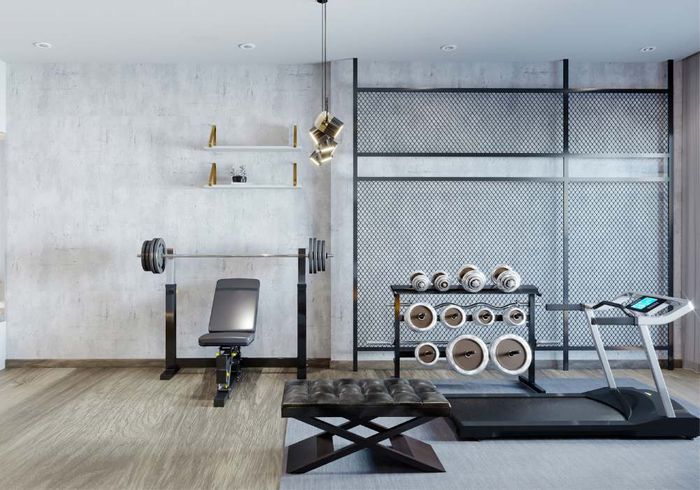
Home Gym Basement
Converted into a fitness space.
Equipped with exercise equipment, mats, and possibly a changing area.
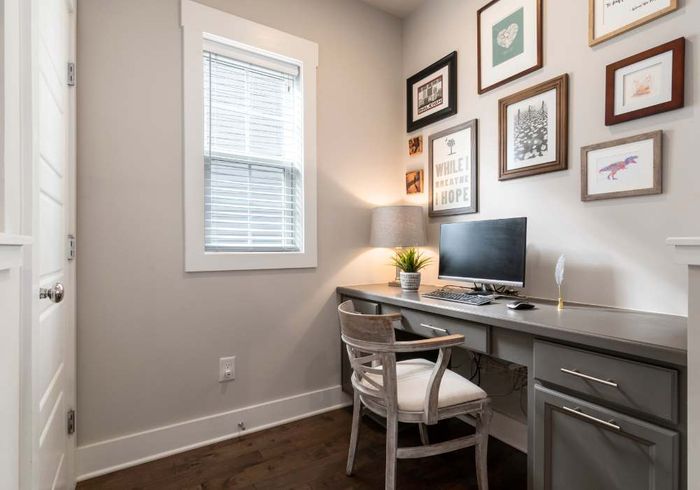
Home Office Basement
Adapted for work purposes.
Includes a workspace, storage, and possibly a meeting area.
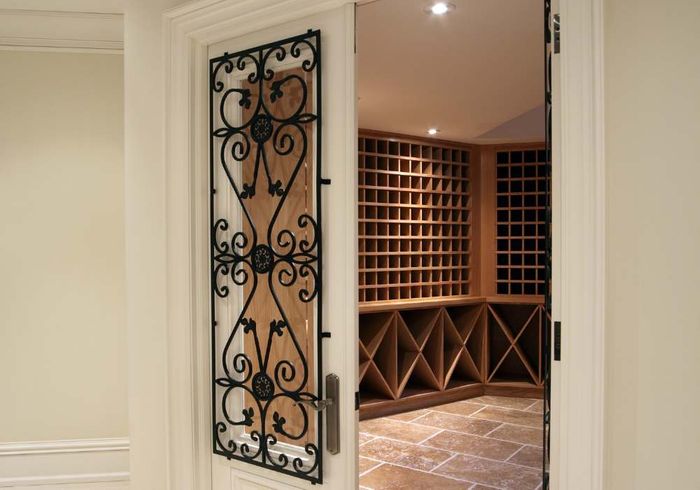
Wine Cellar Basement
Specifically designed for storing and aging wine.
May include climate control and specialized storage racks.
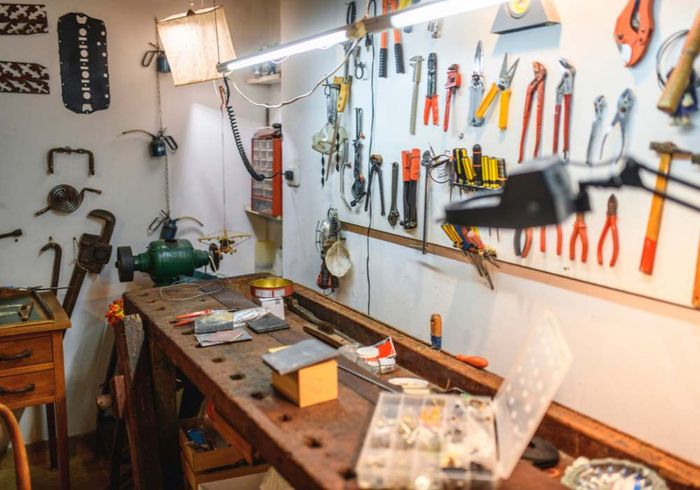
Workshop Basement
Designed for DIY projects and crafts.
Equipped with workbenches, tools, and storage.
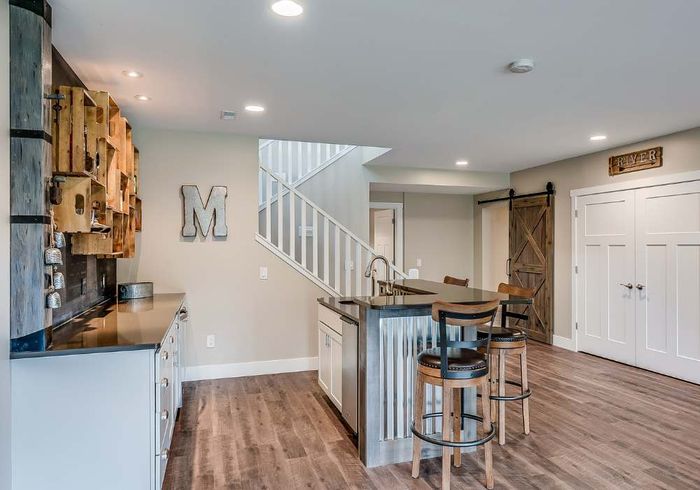
Guest Suite Basement
Converted into a comfortable space for guests.
Includes a bedroom, bathroom, and possibly a small living area.
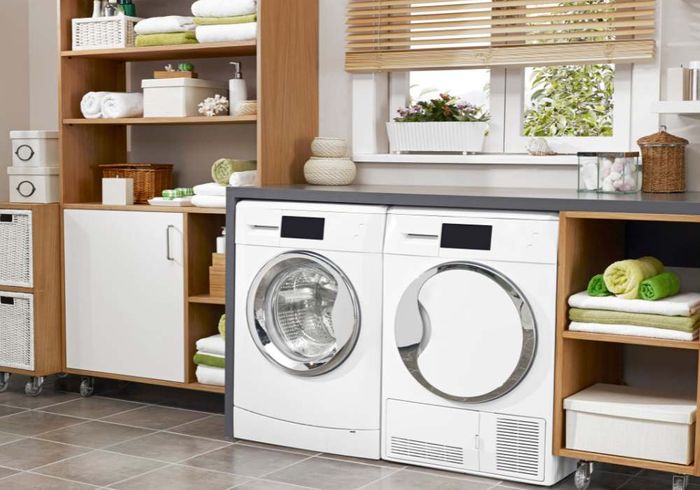
Laundry/Utility Basement
Used primarily for laundry and housing mechanical systems.
May include storage for cleaning supplies and household items.
